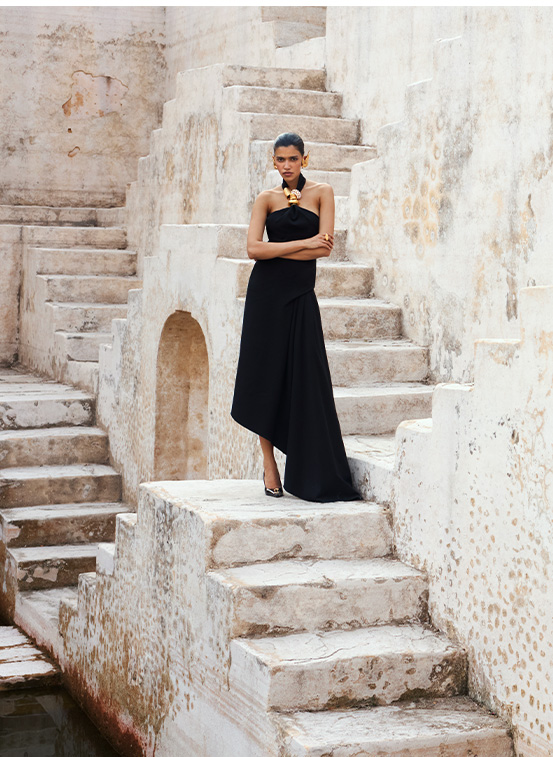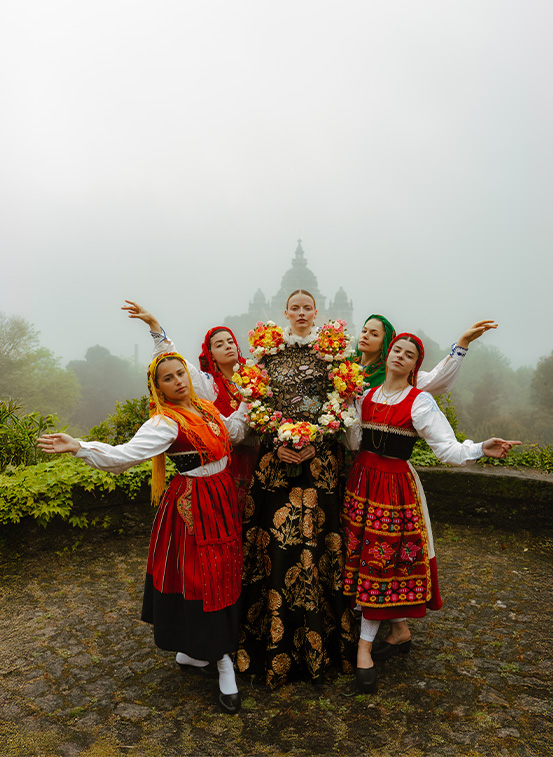Destaques

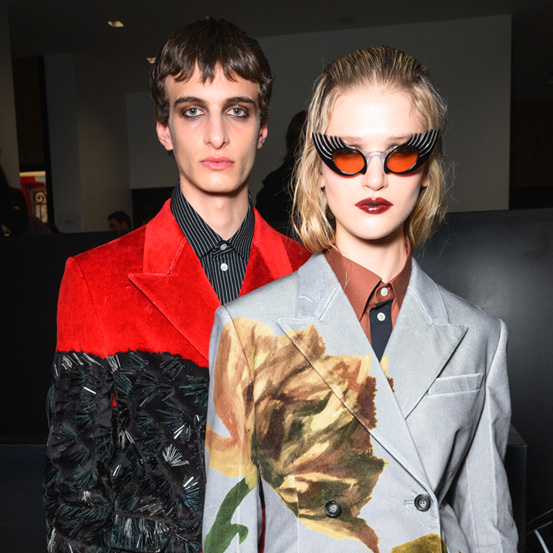
Arts & Crafts Issue | To be Continued: Entre linhas e laços
08 May 2025

Últimos artigos
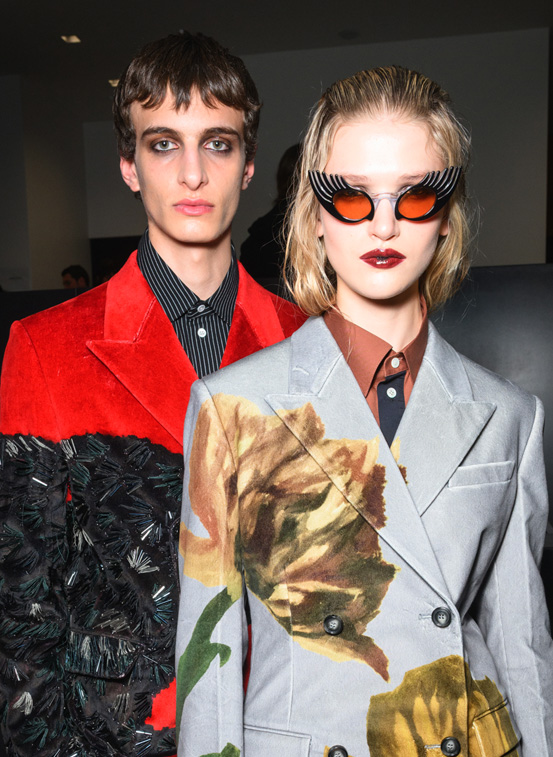
Arts & Crafts Issue | To be Continued: Entre linhas e laços
08 May 2025
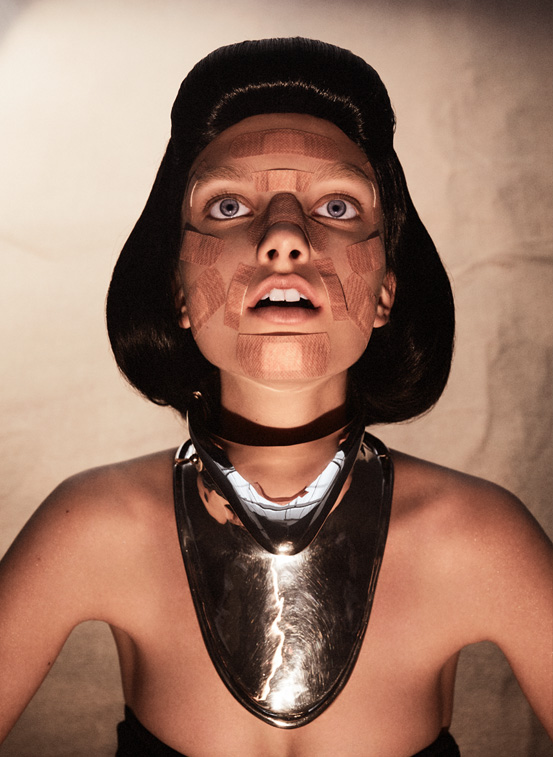
Para além do espelho: tudo o que precisa de saber sobre procedimentos estéticos
07 May 2025


.png)
.jpg)

.jpg)
.png)
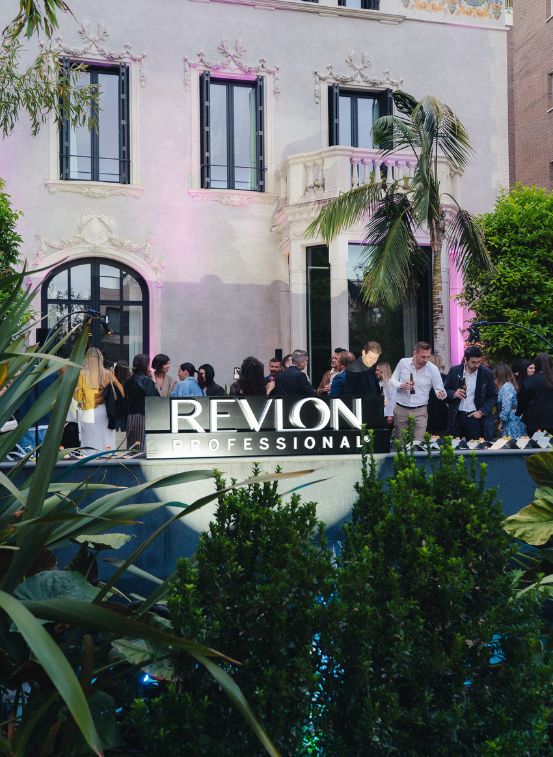
.png)
.png)

.jpg)
 A - RGB.jpg)
